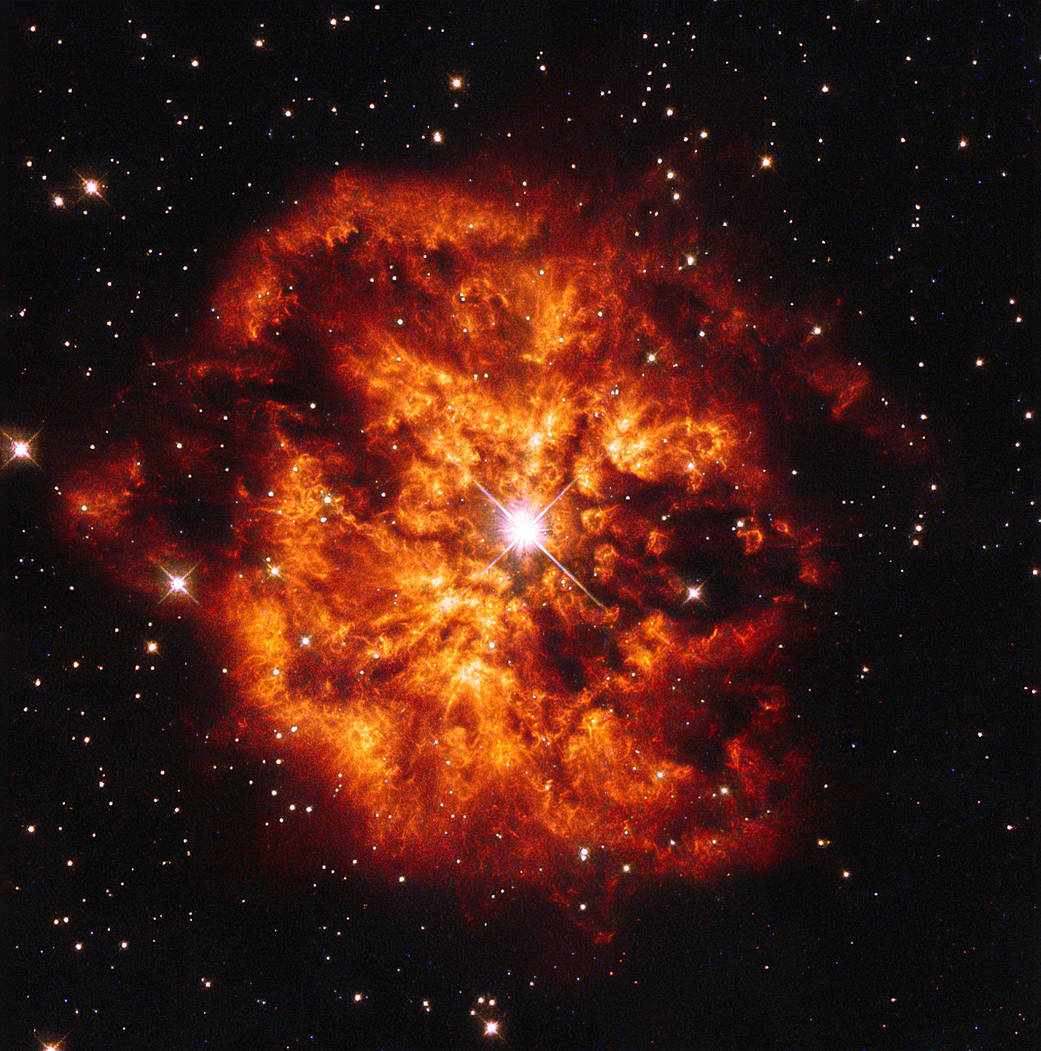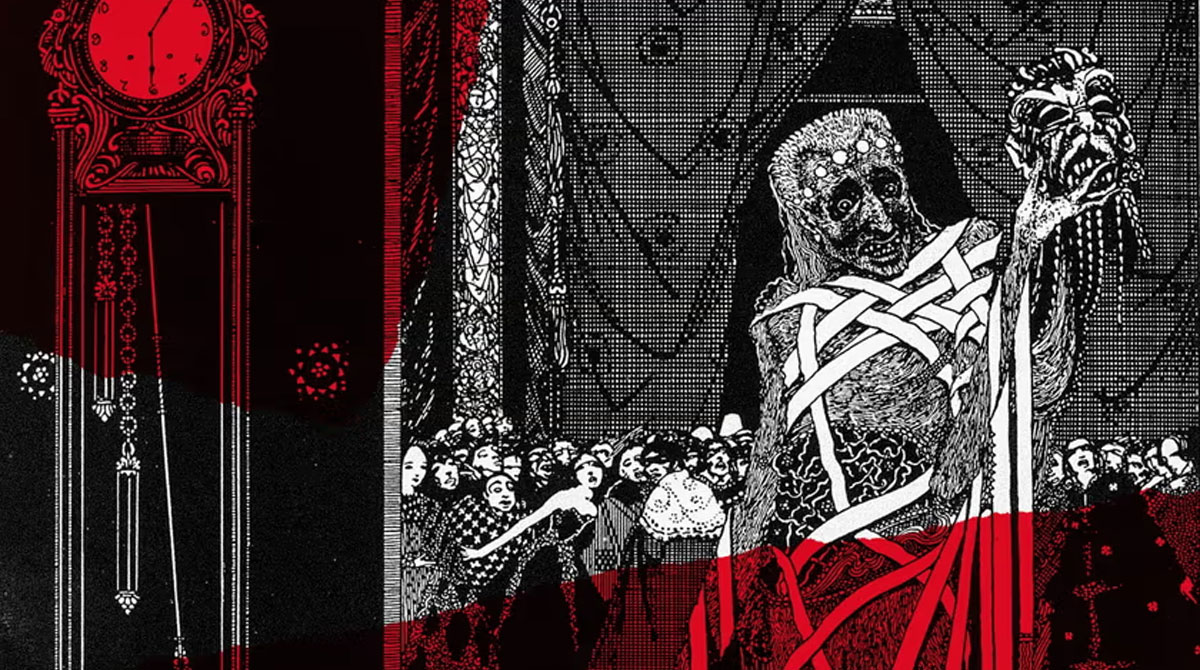Hubble Spots Eye of Sauron: NASA Image of the Day
Long thought vanquished at the end of the Third Age, Sauron, that foul deceiver of men, has been spotted by the Hubble telescope in the nether regions of the Galaxy. Upon seeing the image a noted astronomer described it as,”rimmed with fire, but was itself glazed, yellow as a cat’s, watchful and intent, and the black slit of its pupil opened on a pit, a window into nothing.” A colleague standing nearby was heard to say under her breath, “A bit dramatic don’t you think?”
In response the first astronomer raged, “Nay! Be aware that it is an image of malice and hatred made visible! It is black and yet burns like fire and all shall perish from it’s heat!” He then spun around three times waving his arms wildly yelling, “Fly you fools! We must make haste!” then ran from the room.
After a stunned silence from the gathered crowd the second astronomer coughed and said, “Yeah, sorry about that. He’s been binge watching the Lord of the Rings trilogy and hasn’t had much sleep,” she then shuffled a bit and added, “The extended editions too, boy they’re long, am I right?”
The gathered crowd did agree they were in fact very long, but totally worth it. And it was agreed that the image did kinda, sorta look like the Eye of Sauron if you were in the right frame of mind.
A Hubble Cosmic Couple
Here we see the spectacular cosmic pairing of the star Hen 2-427 — more commonly known as WR 124 — and the nebula M1-67 which surrounds it. Both objects, captured here by the NASA/ESA Hubble Space Telescope are found in the constellation of Sagittarius and lie 15,000 light-years away.
The star Hen 2-427 shines brightly at the very center of this explosive image and around the hot clumps of surrounding gas that are being ejected into space at over 93,210 miles (150,000 km) per hour.
Hen 2-427 is a Wolf–Rayet star, named after the astronomers Charles Wolf and Georges Rayet. Wolf–Rayet are super-hot stars characterized by a fierce ejection of mass.
The nebula M1-67 is estimated to be no more than 10,000 years old — just a baby in astronomical terms — but what a beautiful and magnificent sight it makes.
Courtesy of NASA.org | Image credit: ESA/Hubble & NASA, Acknowledgement: Judy Schmidt | Text credit: European Space Agency












Andy Garcia says:
Joe says:
Paul Matthew Carr says: